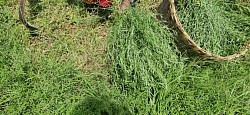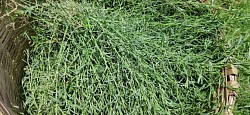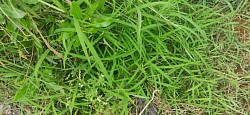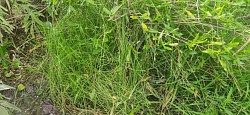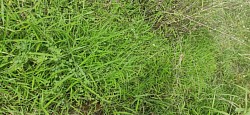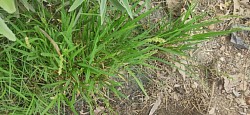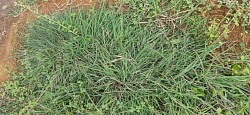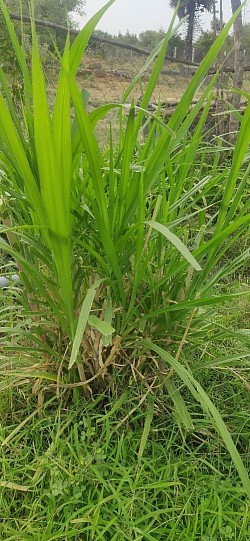Weed Grass
Yes, various "weed" grasses can be important for cattle feed, though the term "weed" is relative; some are highly nutritious, while others may be toxic or harmful in excess. Many "weeds" like crabgrass are excellent for weight gain and protein, and diverse forages, including some considered invasive, can provide essential vitamins, minerals, and fiber. A balanced forage plan, incorporating a mix of grasses, legumes, and other forages while avoiding plants containing prussic acid or high levels of harmful endophytes, is crucial for cattle health and productivity.
Benefits of Weeds as Cattle Feed
Nutritional Value:
Many weeds and forbs contain high levels of vitamins, minerals, and protein, which are essential for cattle health and milk production.
Digestibility:
Some weeds are more digestible and nutritionally dense than common forages like alfalfa, according to this YouTube video.
Weight Gain:
Certain weed grasses, such as crabgrass, are excellent for promoting weight gain in cattle.
Economic Benefits:
Utilizing "weeds" can reduce feed costs and promote a more sustainable and balanced pasture ecosystem, according to this YouTube video and this ResearchGate PDF.
Specific Weeds:
Crabgrass: Provides high protein content (14%) and helps cattle gain weight.
Broadleaf Weeds: Generally possess higher mineral content than grassy weeds.
Water Hyacinth: Can be fed as fresh forage, hay, or silage, but must be introduced gradually and limited in diet to prevent malnutrition.
Potential Risks and Considerations
Toxicity:
Some plants, such as tall fescue infected with endophytes or Johnson grass after frost or drought, contain toxins like prussic acid that are harmful to cattle.
Malnutrition:
Feeding certain weeds, like water hyacinth, in isolation or for extended periods can lead to malnutrition.
Balanced Diet:
A diverse forage plan that includes a mix of safe grasses, legumes, and alternative feeds is necessary for keeping cattle healthy.
How to Incorporate Weed Grasses
Forage Plan:
Create a forage plan that includes a variety of safe and nutritious grasses, legumes, and other forages.
Observation:
Observe cattle's grazing behavior to understand their preferences and identify plants that are beneficial.
Management:
Implement proper pasture management and weed control methods, such as slashing or hand-pulling, to maintain a healthy and balanced plant community.
